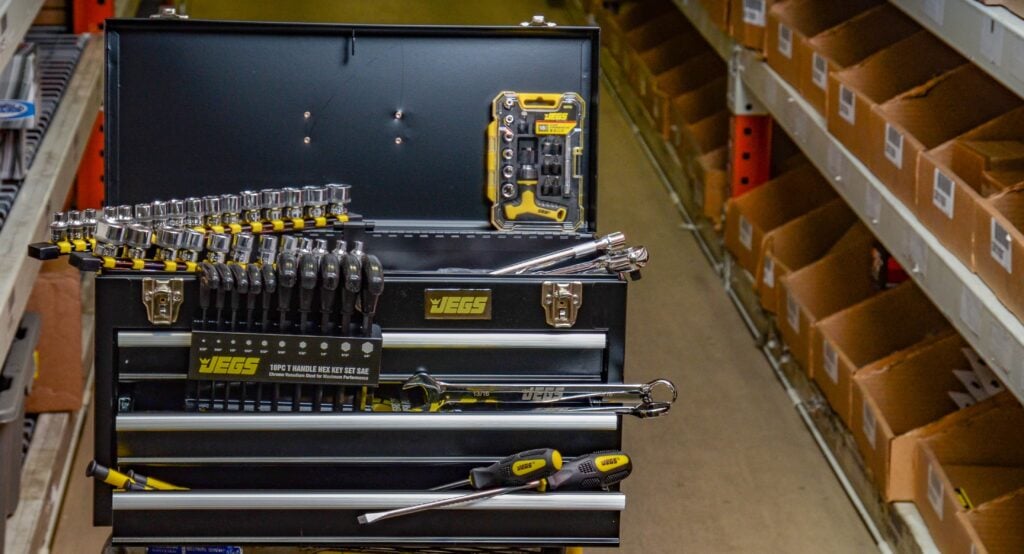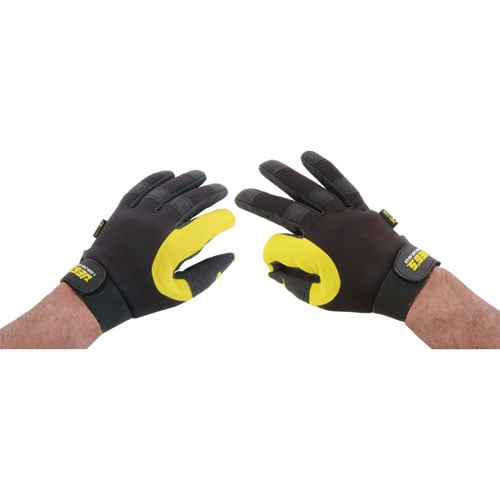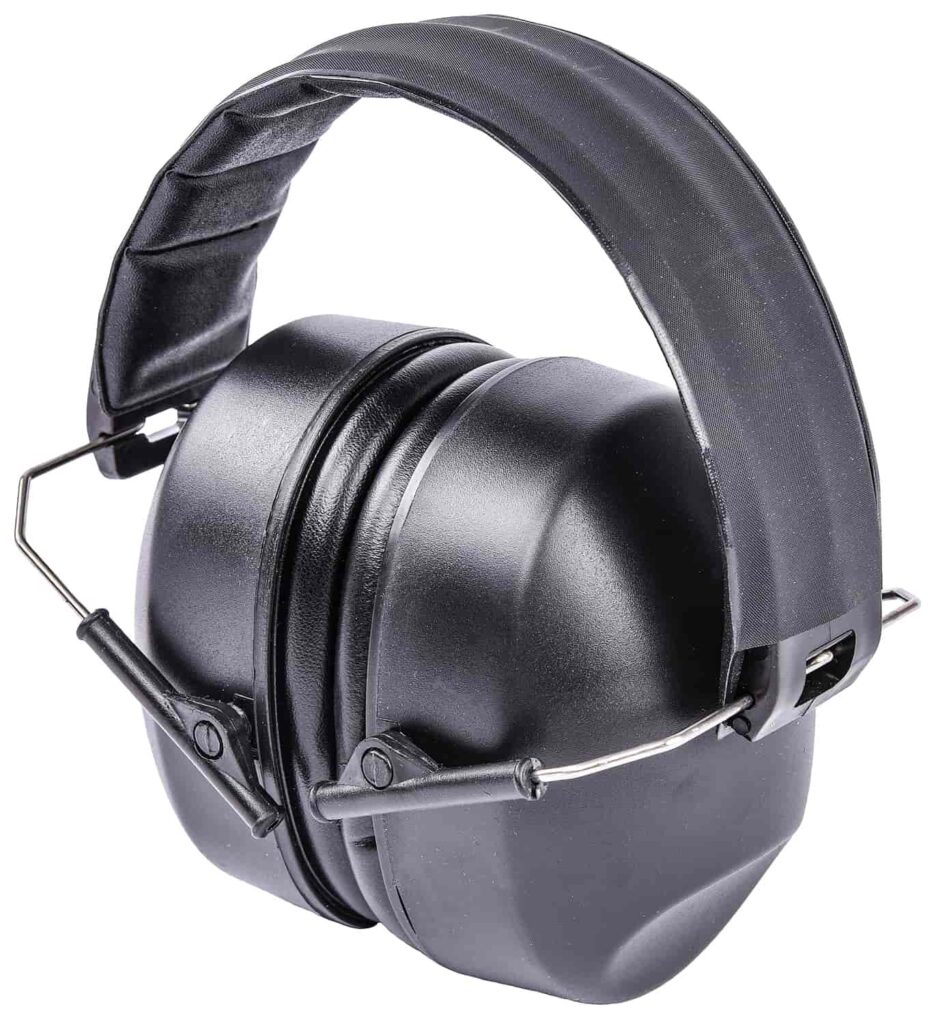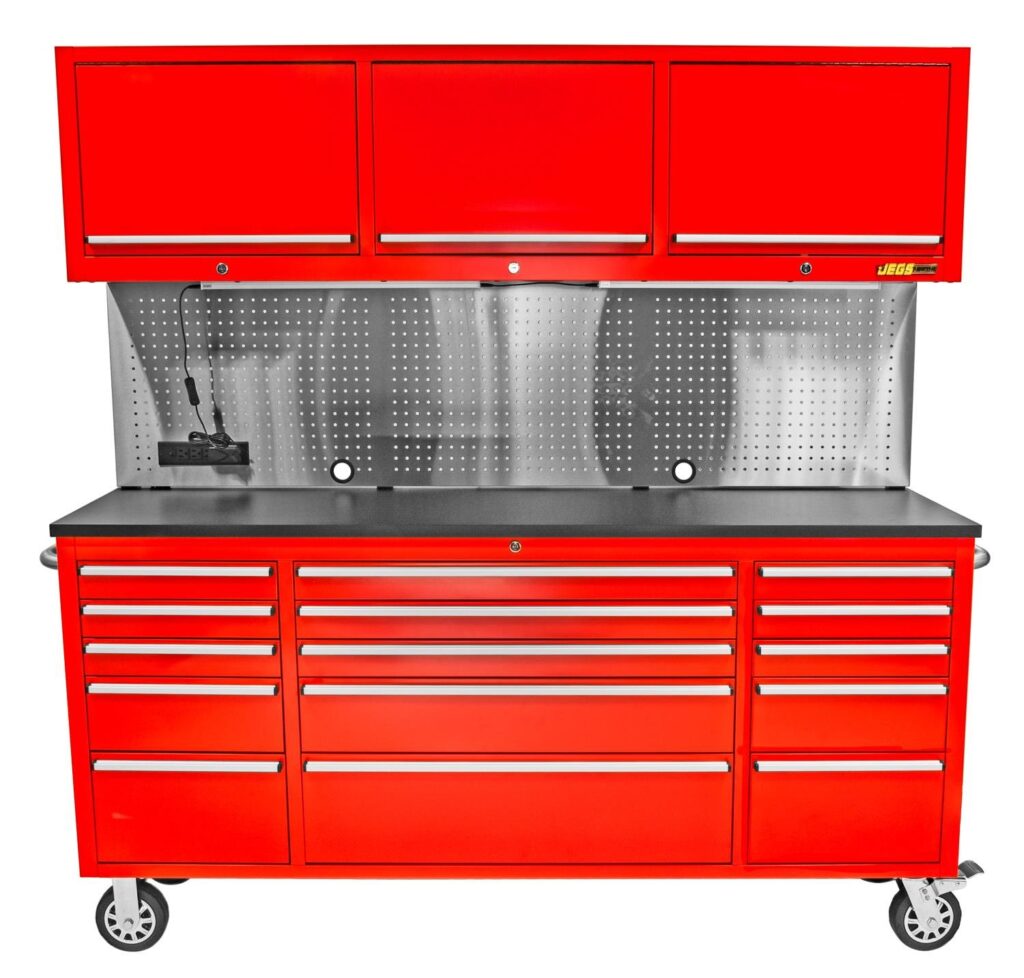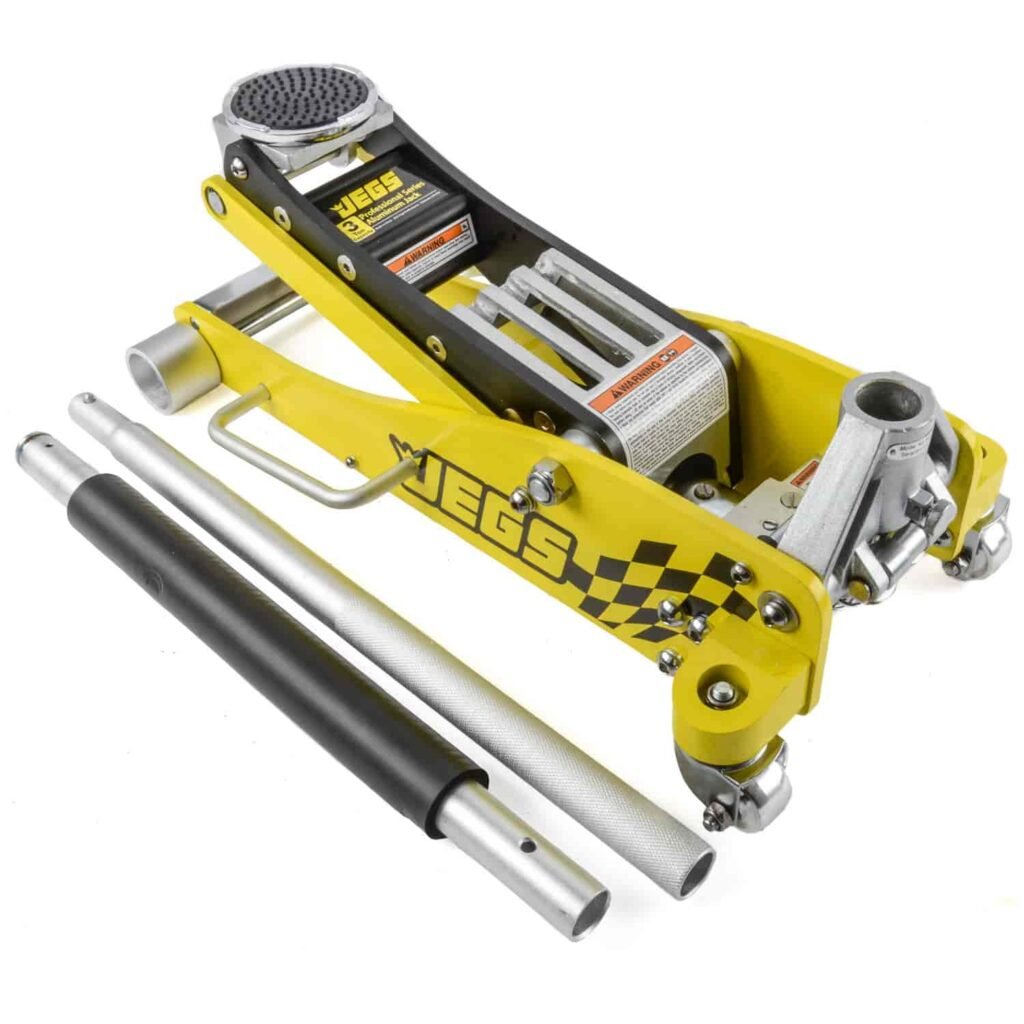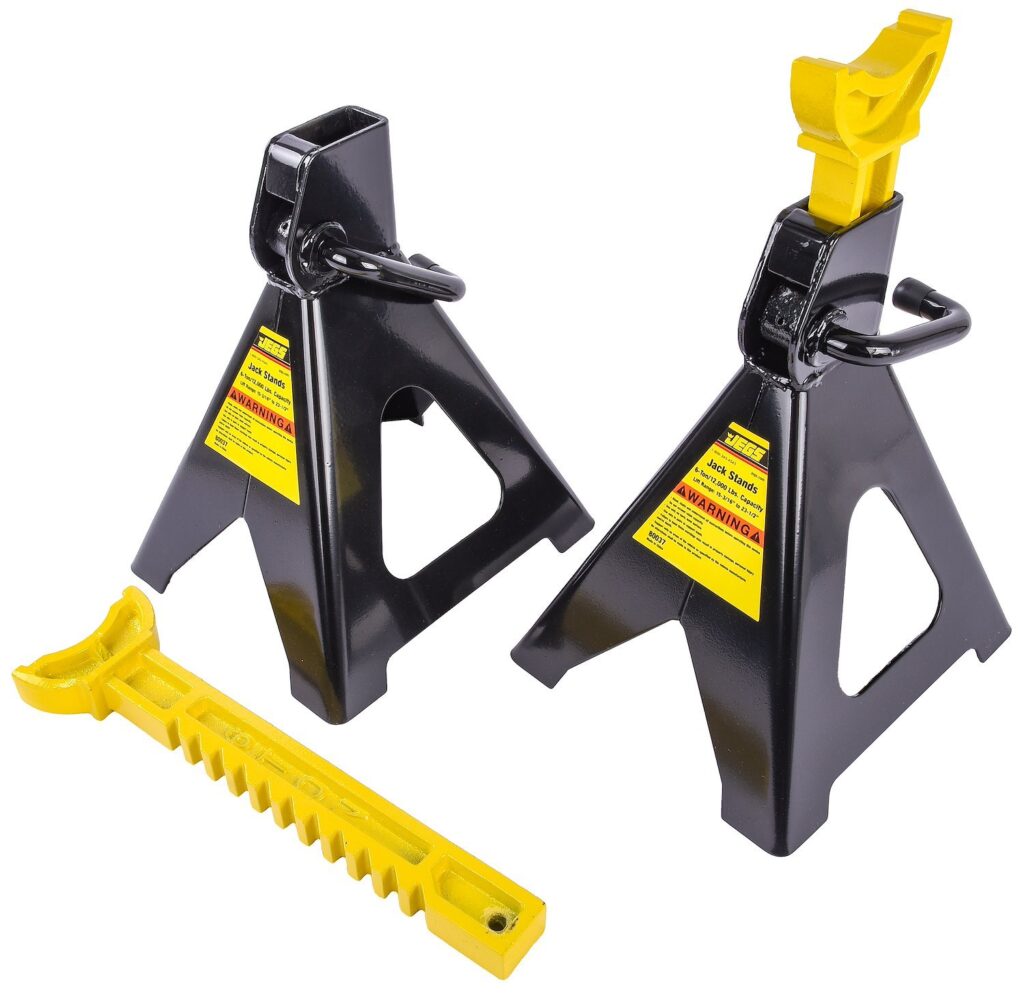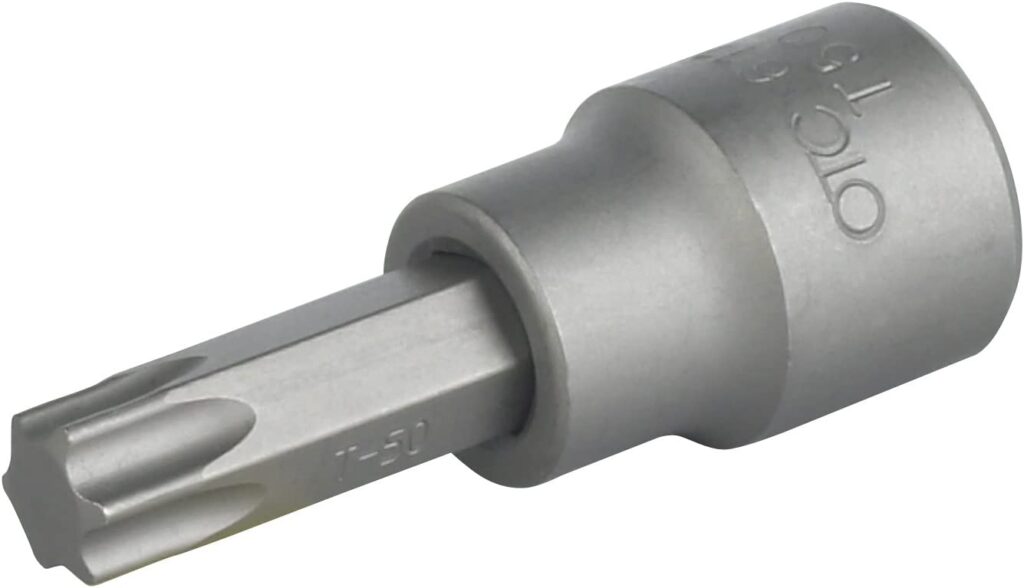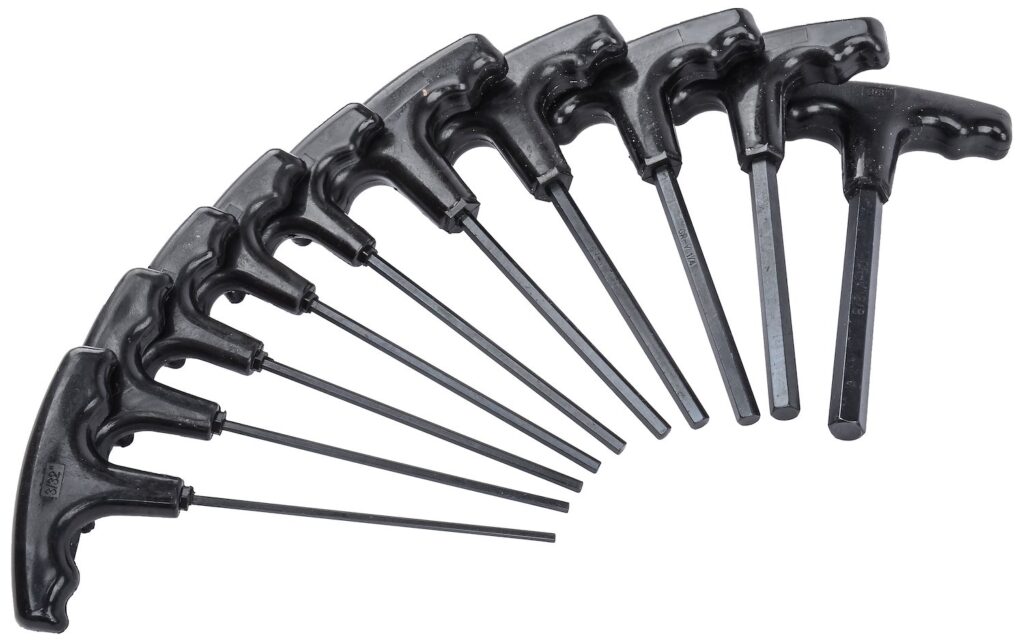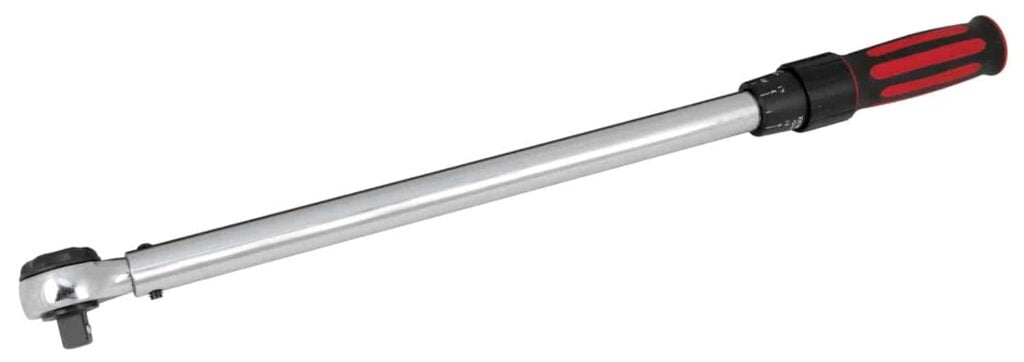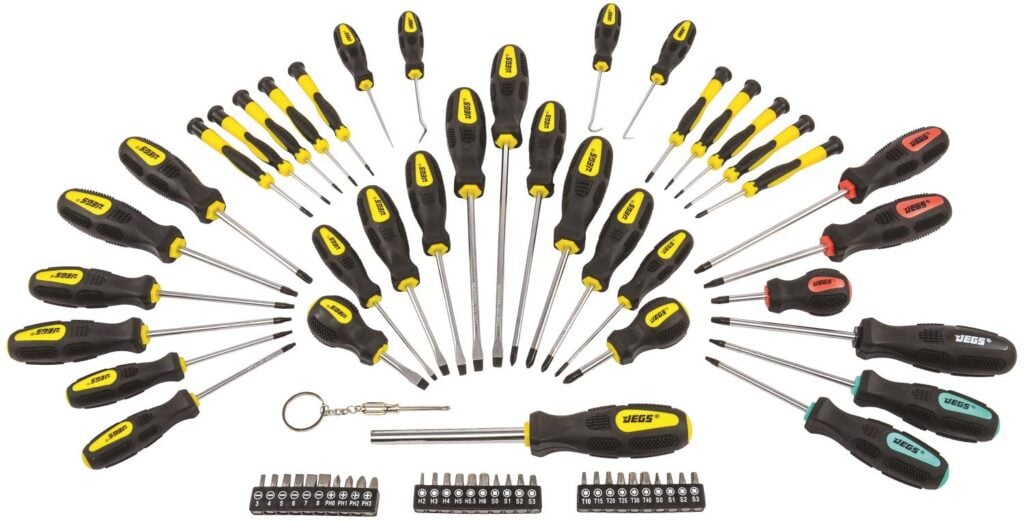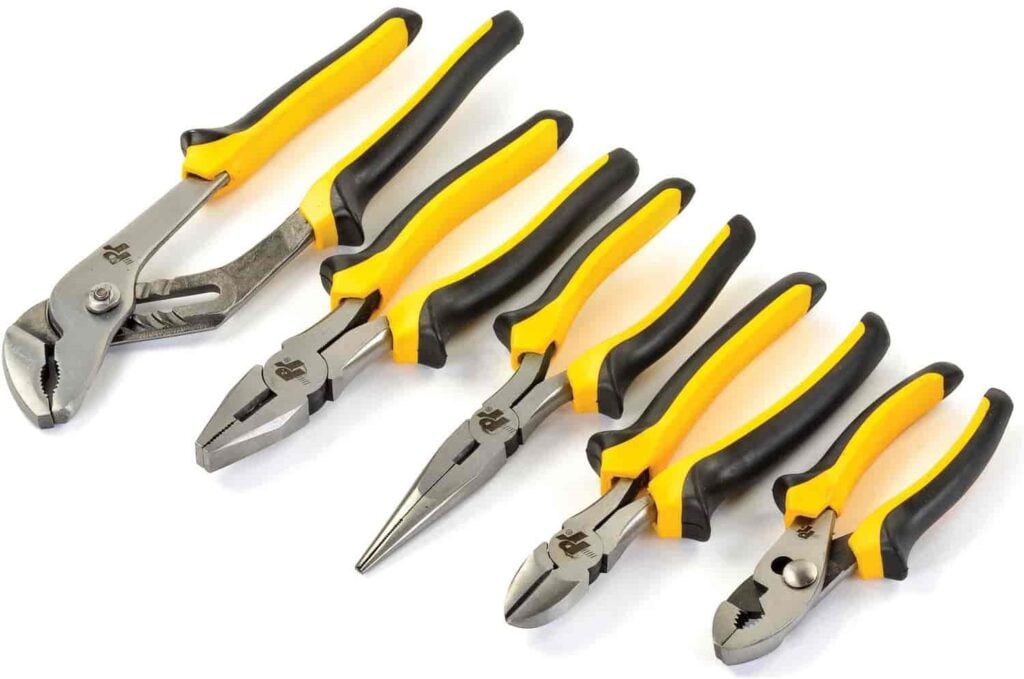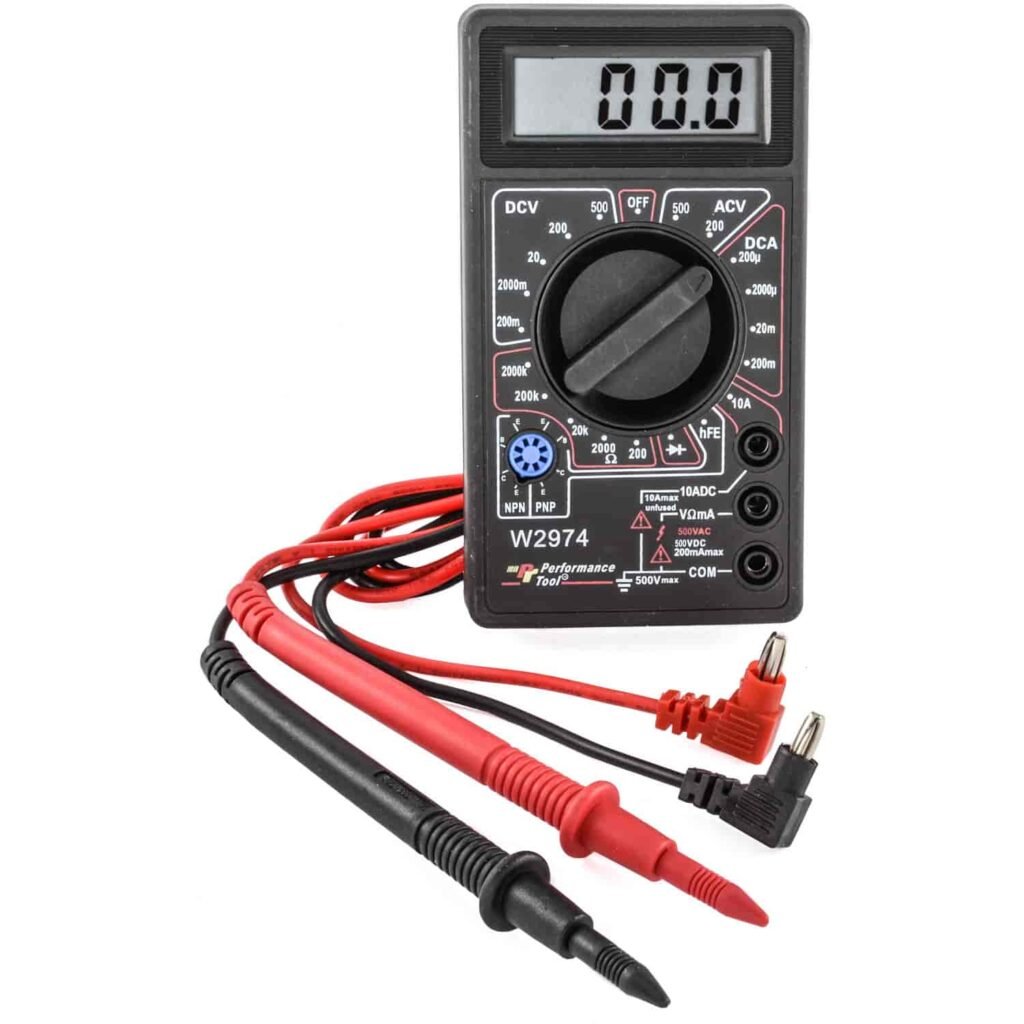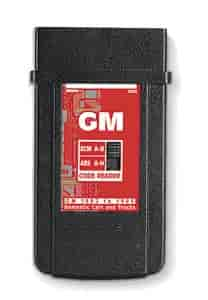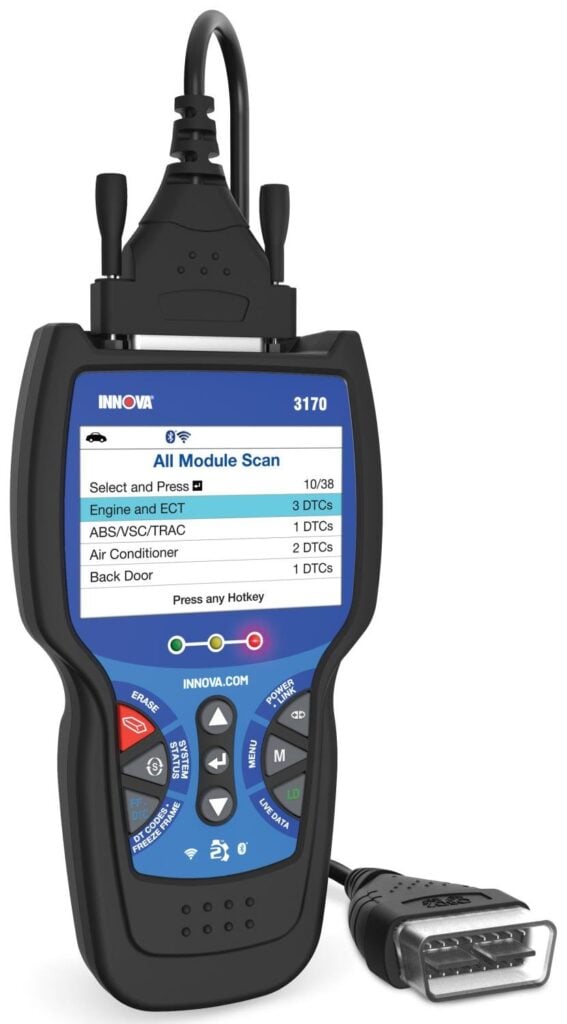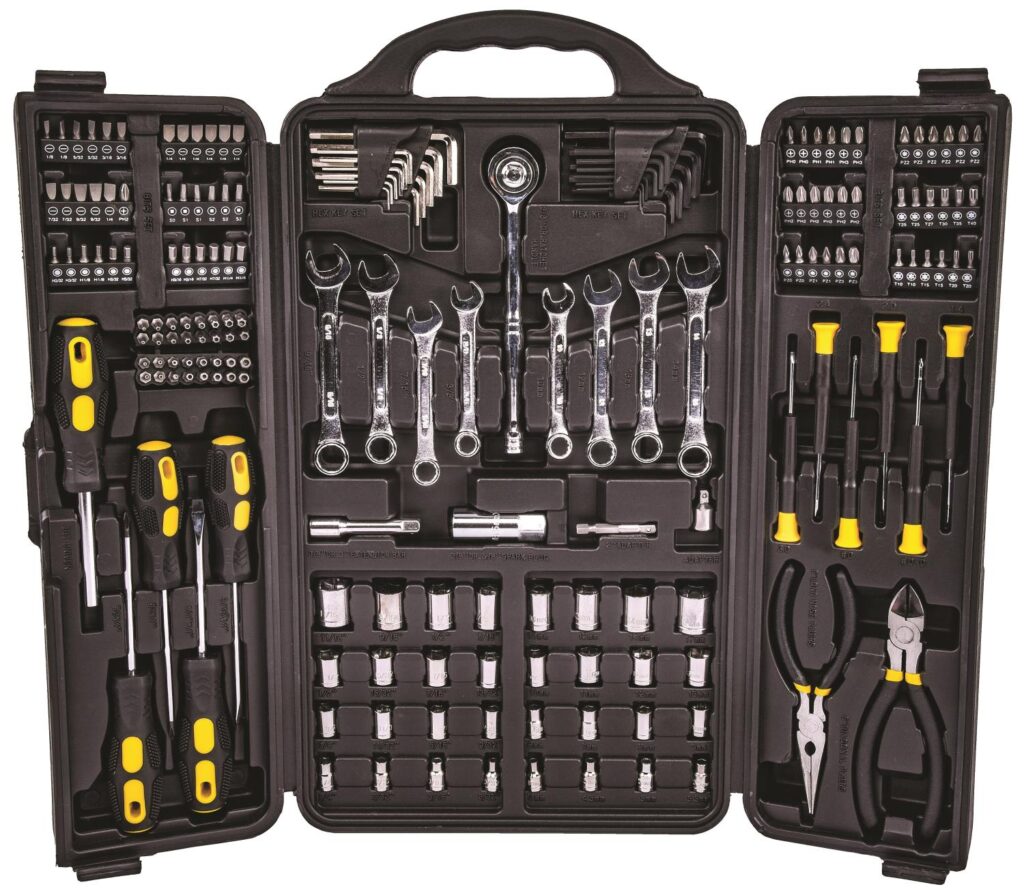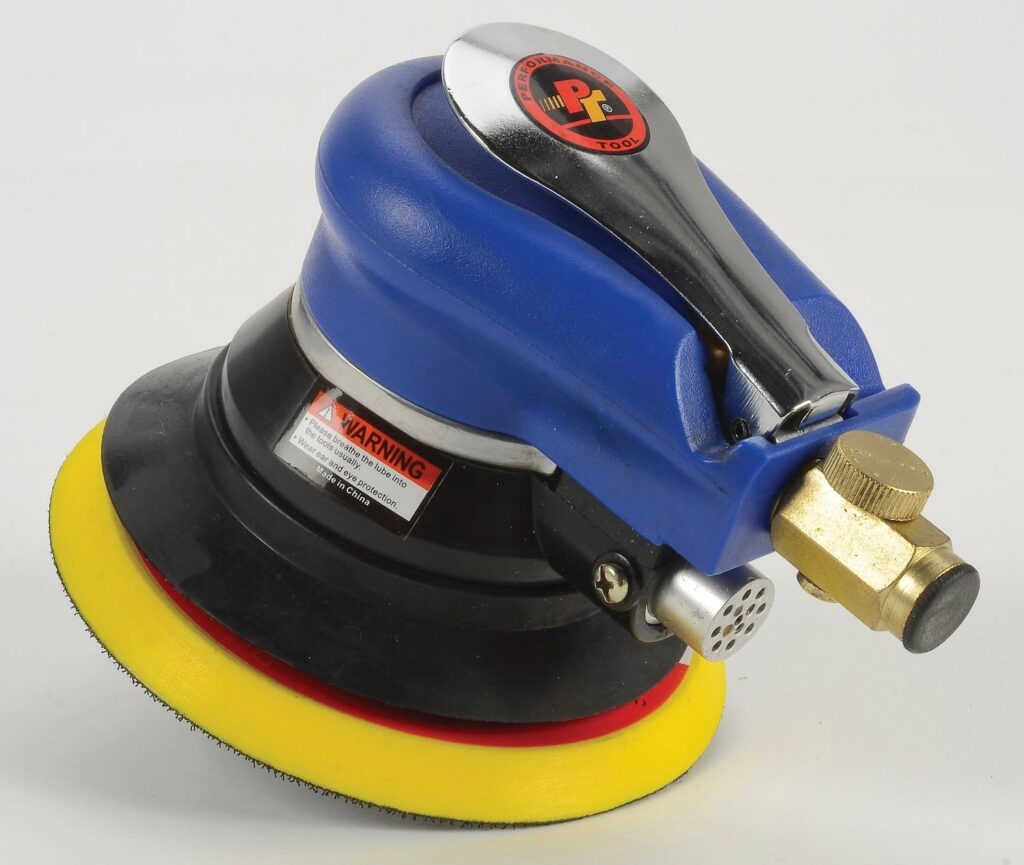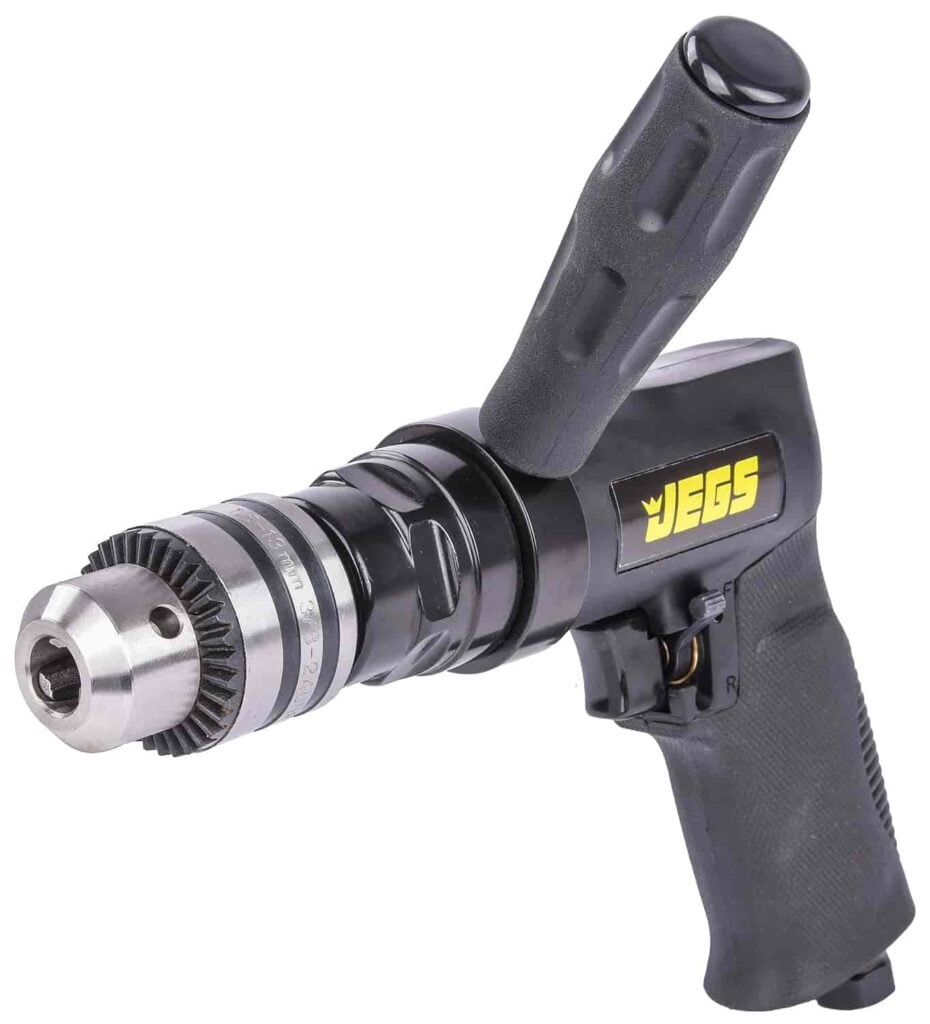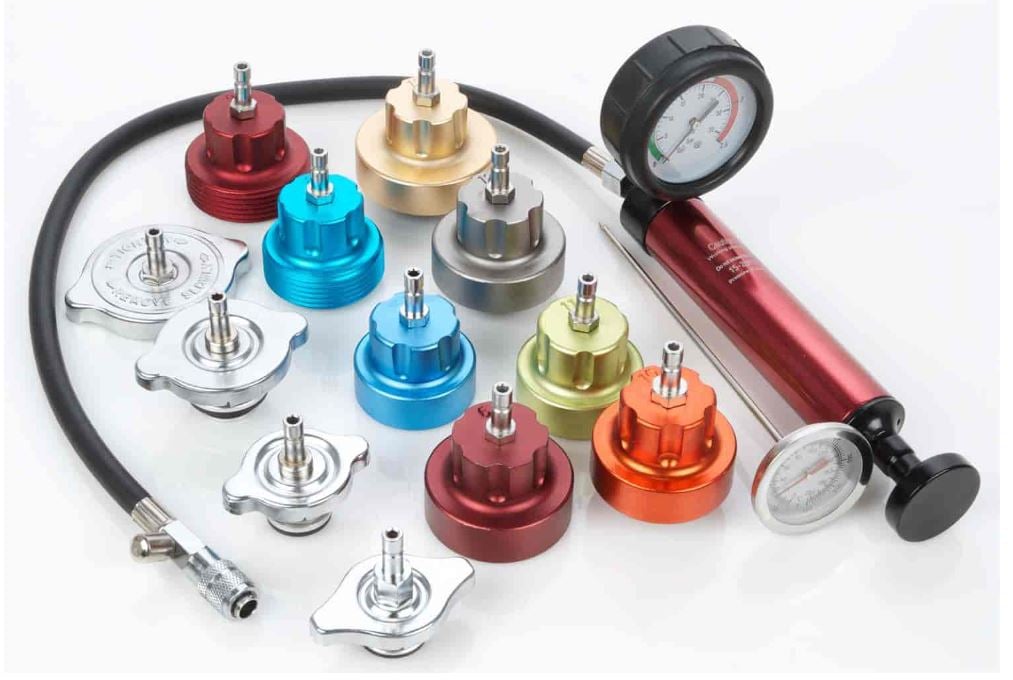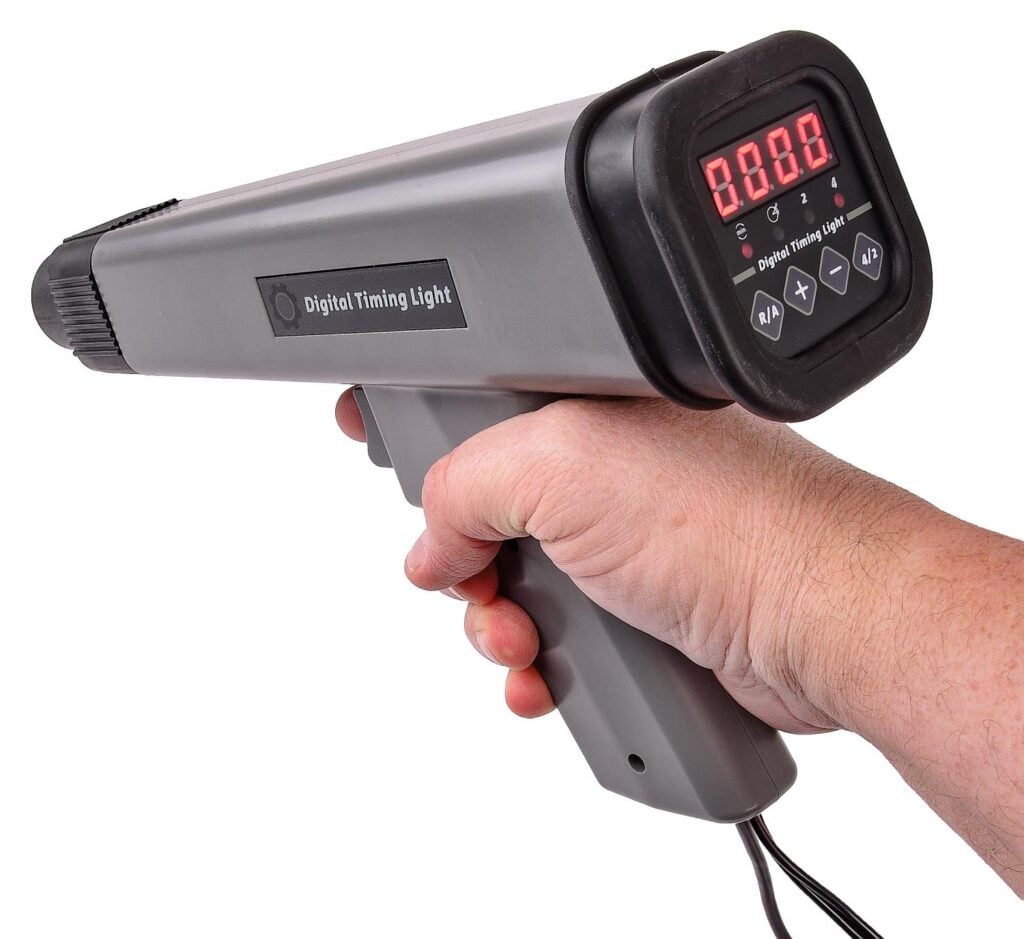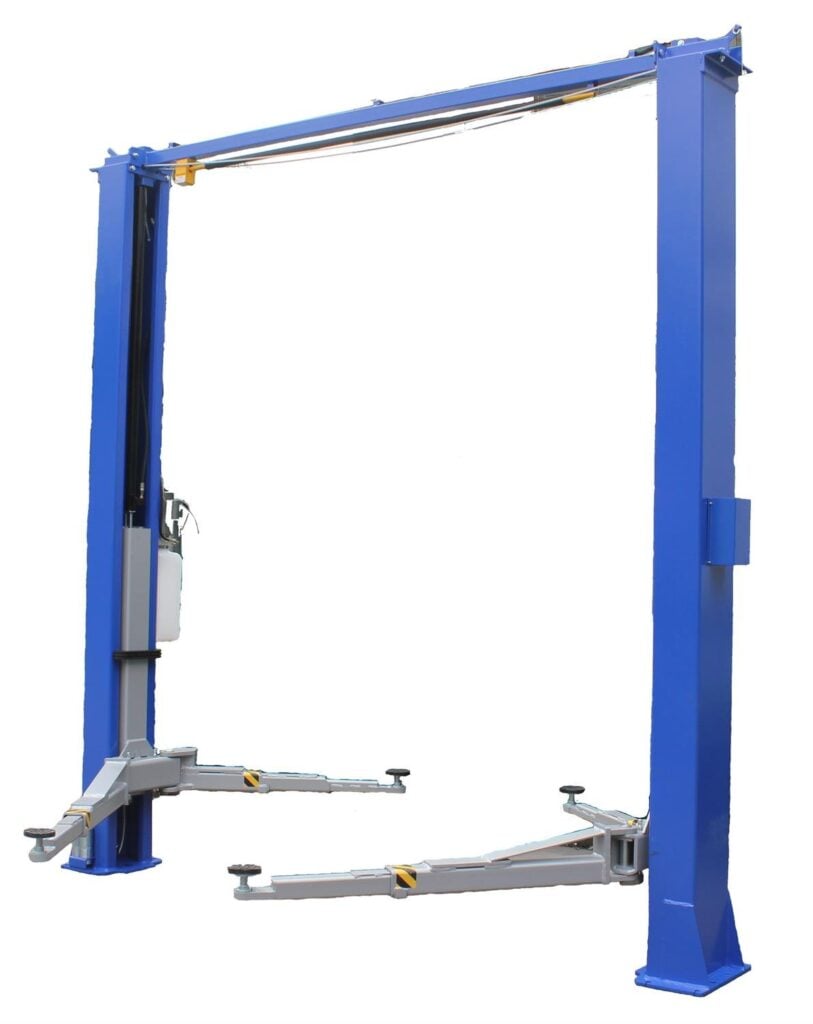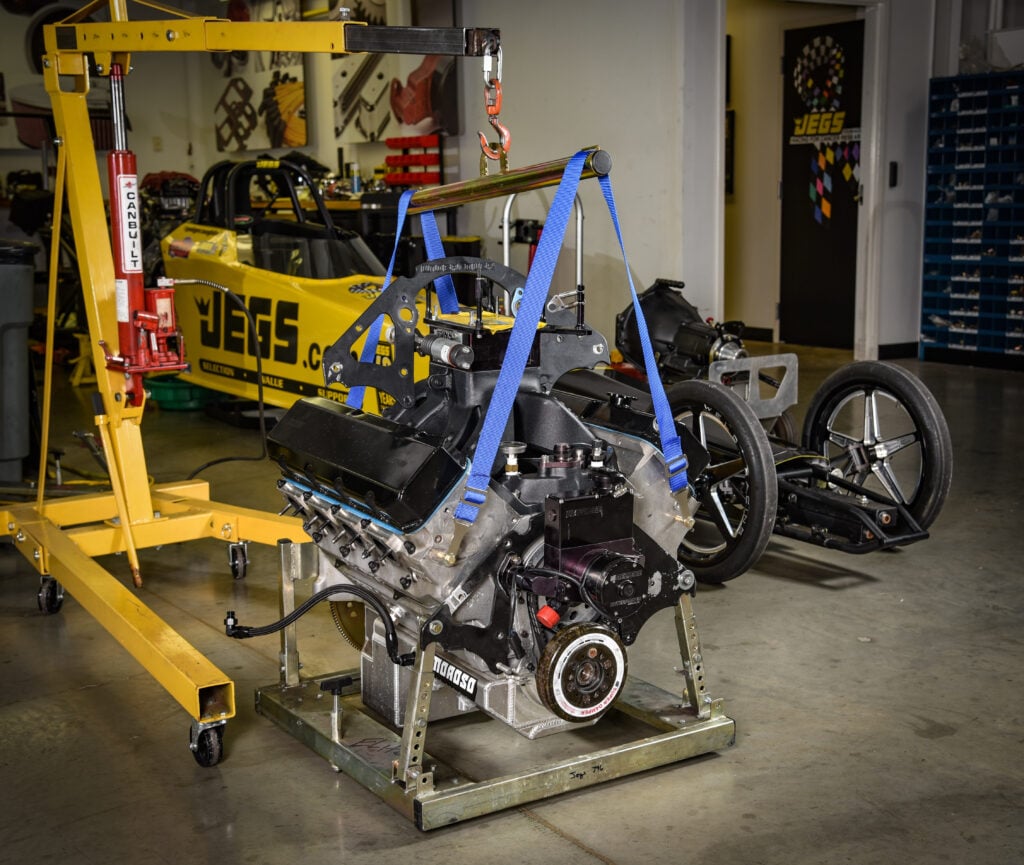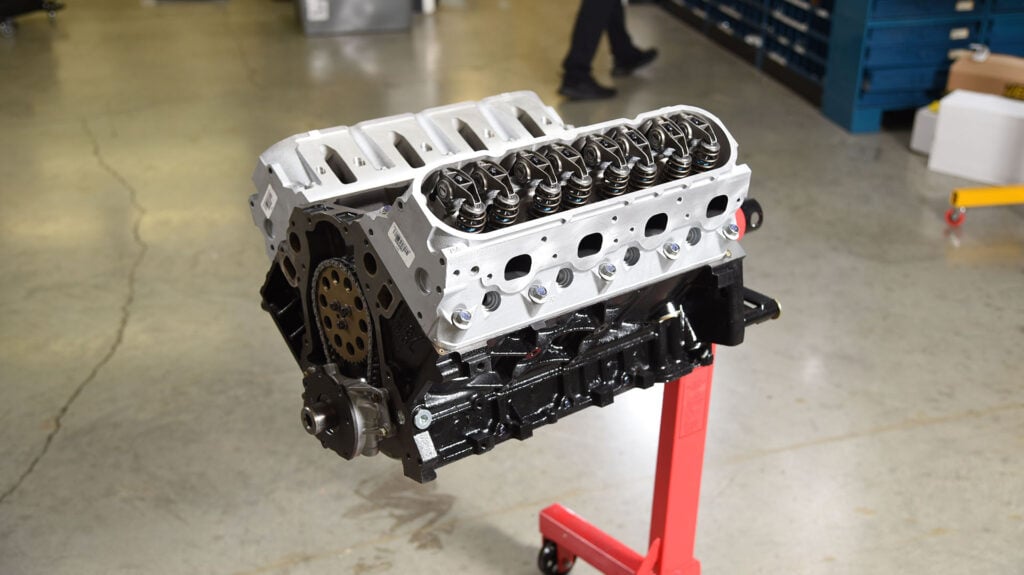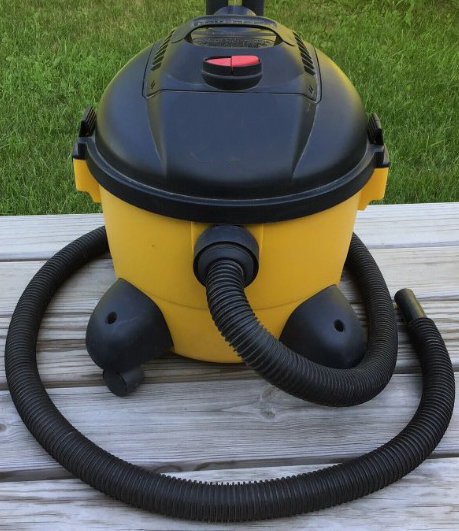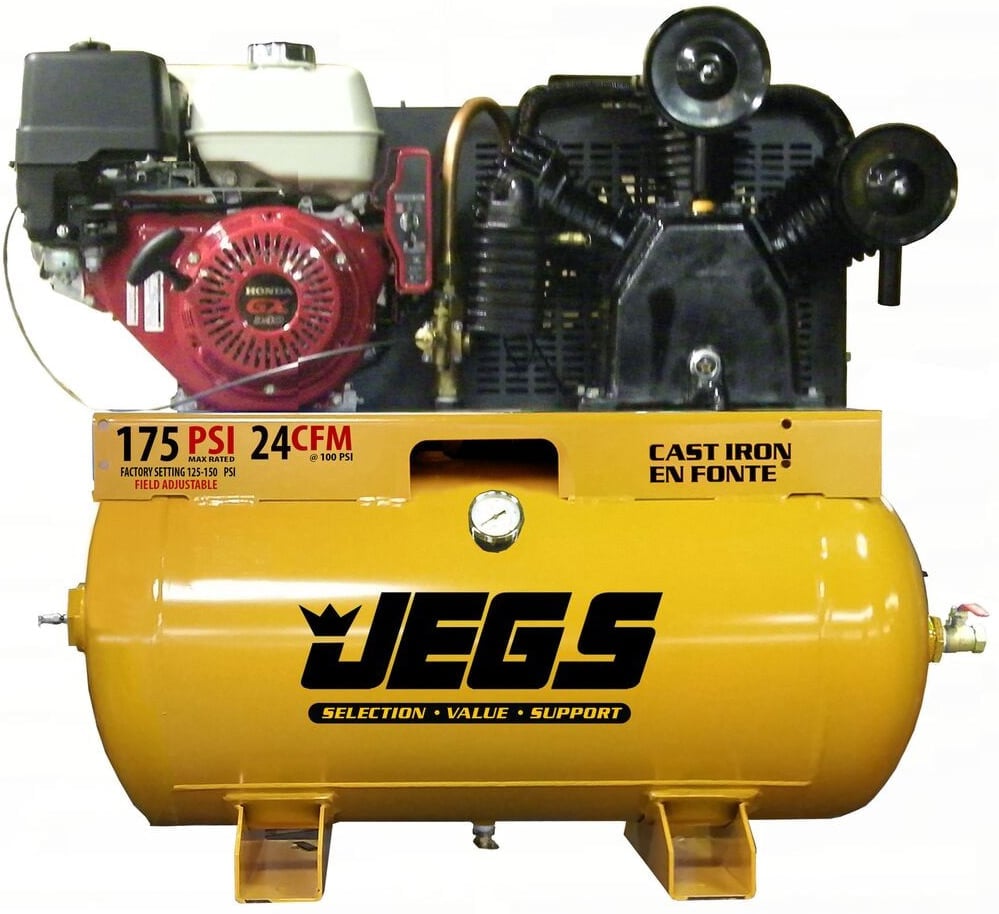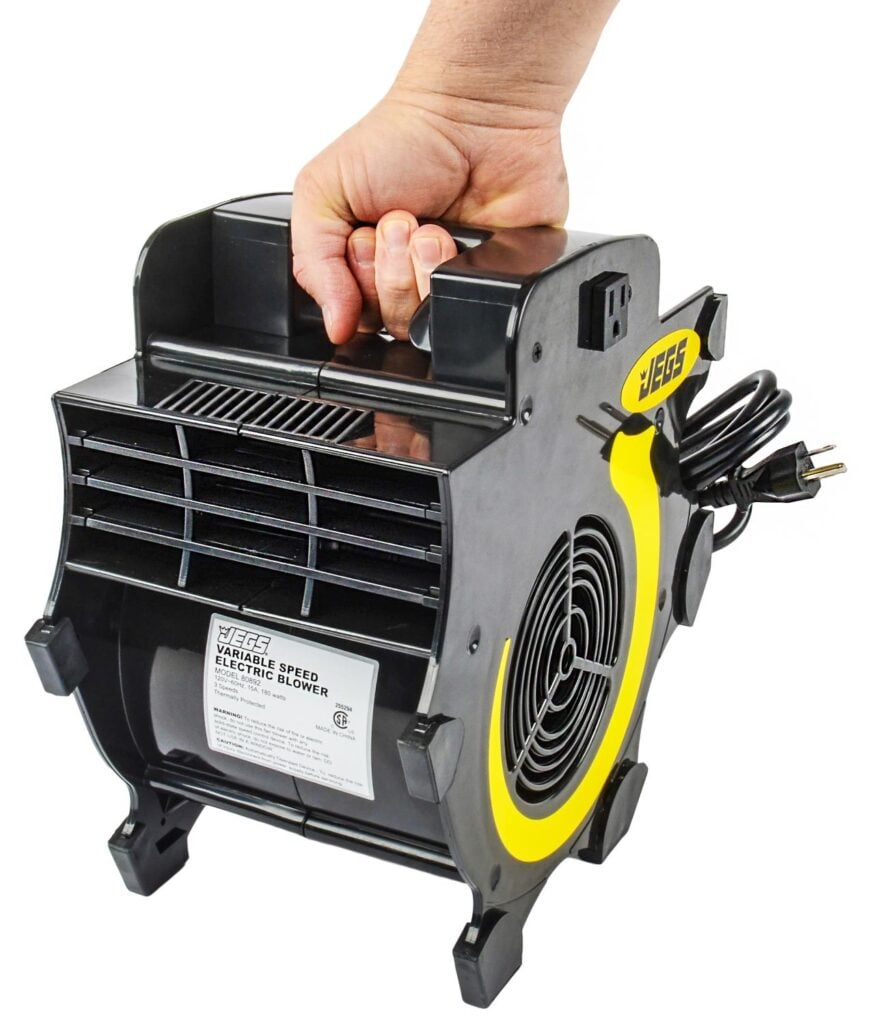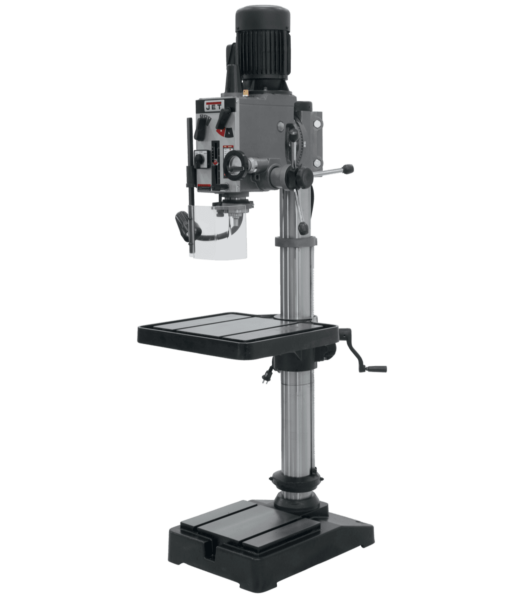If you're thinking of starting a new automotive restoration project, it's important to first make sure you have all the necessary tools. Starting a project without the proper equipment can turn what should be an enjoyable and fulfilling experience into total frustration.
From safety gear that protects you while tinkering to specialized tools that bring precision and efficiency to your tasks, it’s important to have the right set at your disposal.
Thankfully, this guide outlines the must-have tools for tackling basic restoration tasks, as well as the nice-to-have upgrades that can greatly improve your project's outcome.
Whether you're restoring a classic car to its former glory or working on a modern fixer-upper, having the right tools will ensure your restoration project is a success from start to finish.
Automotive Restoration Must Haves
When it comes to automotive restoration, the below list of tools are essentially must-haves for just about any successful project:
- Safety Gear: The last thing you want when restoring a vehicle is to injure yourself. Investing in the right safety gear—gloves, goggles, and hearing protection—is non-negotiable. These help safeguard against common hazards like sharp edges, toxic chemicals, and excessive noise, ensuring your restoration project is both safe and enjoyable.
- Tool Box: No matter how many automotive restoration tools you have, you’ll surely want to consider a tool box. A sturdy tool box not only protects your investment but also ensures that you can find the right tool when you need it, saving time and frustration during your restoration project.
- Floor Jack and Jack Stands: If you’re needing access to a vehicle’s undercarriage for projects like suspension work or exhaust system repairs, having a quality floor jack and some jack stands is key. These tools allow you to securely elevate the vehicle and work underneath it with confidence and peace of mind.
- Socket Set/Open-Ended Wrenches: A socket set and a variety of open-ended wrenches are also must-haves for any automotive toolkit. These tools are needed for tackling bolts and nuts of all sizes, ensuring you're prepared for any restoration task, from engine work to chassis assembly.
- Torx-Head/Allen-Head Drivers: Specialized fasteners require specialized tools. Torx-head and Allen-head drivers allow you to tackle any screw or bolt type, making them necessities in automotive restoration, whether you’re removing interior trim or assembling an engine component.
- Torque Wrench: Precision is key in automotive restoration, and a torque wrench is perfect for applying exact force to bolts and nuts. This ensures all parts are securely fastened without being over-tightened, preventing damage to important components.
- Screwdrivers: All car owners should own a quality set of screwdrivers, in both Flathead and Phillips variants, to account for any restoration task you come across. They're used in almost every aspect of the process, from disassembling parts to installing new components.
- Pliers: Whether it's cutting wires, bending metal, or holding small parts, pliers are incredibly versatile. Needle-nose, side-cutting, and locking pliers can handle a wide range of restoration tasks, making them necessary for intricate work requiring precision and grip.
- Multimeter: Electrical issues can be tricky, but a multimeter simplifies diagnostics by measuring voltage, current, and resistance. This tool is helpful for troubleshooting and ensuring the vehicle's electrical system is working correctly, from the battery to the tail lights.
- OBD Code Scanner: Vehicles have complex electronic systems, and an OBD-II code scanner (OBD-I for 1996 and earlier models) is needed for diagnosing issues efficiently. These diagnostic scan tools read trouble codes from the vehicle's onboard computer to help track down problems without guesswork, saving time, and ensuring accurate repairs.
Beyond the Basics Restoration Tools
If you’re set with the must-haves, it might be time for you to go beyond the basic automotive restoration tools, including:
- Power Tools: Upgrading to power tools, such as electric sanders, grinders, and drills, can dramatically speed up the restoration process. These car restoration tools offer the power and versatility needed for cutting, shaping, and finishing tasks, making them invaluable for any serious project.
- Primer and Paint Spray Guns: Achieving a professional-quality finish on your restoration project requires precision tools like primer and paint spray guns. These “beyond the basics” tools allow for even, controlled application of paint and primer, resulting in a flawless finish that's hard to achieve with traditional methods.
- Cooling System Pressure Tester: A cooling system pressure tester is another helpful tool when restoring a vehicle, used for diagnosing and preventing overheating issues. By pressurizing the cooling system, you can easily identify leaks and weaknesses in hoses, radiators, and caps, ensuring your vehicle runs reliably.
- Timing Light: For optimal performance and fuel efficiency, a timing light is needed for tuning the engine's ignition timing. This tool is particularly useful for classic car restorations, where precise timing adjustments can make a massive difference in engine behavior.
- Heat Gun: Heat guns are incredibly useful car restoration tools for removing paint, bending plastic components, and loosening adhesives without causing damage. The heat gun's precise temperature control makes it perfect for delicate restoration tasks, ensuring you can tackle a variety of jobs with confidence.
- Trickle Charger: A trickle charger is used for maintaining the battery's charge in vehicles that aren't driven daily. It ensures your project car starts reliably after long periods of inactivity, preserving battery health and preventing inconvenient power losses.
- Lift: Opting for a vehicle lift provides convenient access to the undercarriage, making tasks like rust repair, undercoating, and exhaust system work safer and more efficient. It's a game-changer for enthusiasts committed to thorough, professional-quality restorations.
- Engine Hoist/Stand/Cradle: For heavy lifting and easier maneuvering of engines and transmissions, an engine hoist, stand, and cradle are fantastic options. These tools allow for safe removal, installation, and transport of bulky components, facilitating major restoration tasks.
- Shop Vac: A clean workspace is key to a successful restoration, and a shop vac keeps dust, debris, and liquids at bay. Its powerful suction and versatility make it invaluable for maintaining cleanliness and safety in your restoration area.
- Air Compressor: The heart of any well-equipped garage, an air compressor powers a wide range of tools, from pneumatic wrenches to paint guns. Its ability to deliver high-pressure air efficiently makes it indispensable for both delicate and demanding automotive restoration tasks.
Choosing Tools Based on Your Upgrades
Choosing the right tools for your automotive restoration project isn't just about stocking up on the basics; it's about strategically selecting upgrades that align with the specific needs of your project.
As you progress from basic maintenance and repairs to more specialized restoration tasks, your toolkit should too. Upgrades like a high-quality paint spray gun or a precise timing light can transform the outcome of your work, elevating it from amateur to professional quality.
When considering tool upgrades, assess the scope of your restoration projects. Are you focusing on engine rebuilds, bodywork, or custom modifications?
For instance, if your project involves body restoration, investing in sandblasting equipment and a high-end spray gun might be your priority. If you're tackling engine overhauls, tools like a digital torque wrench and an advanced OBD scanner are incredibly useful.
Ultimately, the choice of tools should not only reflect the needs of your restoration project but also anticipate future challenges, ensuring you're equipped to tackle any task with confidence and efficiency.
JEGS: For All Your Automotive Needs
You should now have a good grasp on the many automotive restoration tools available, including what tasks they can assist with and whether they’re must-haves or nice-to-haves.
Regardless, consider JEGS for all your automotive needs, a nationwide supplier of performance automotive parts and tools, including those needed for completing a restoration project. Complete your order online and have your products shipped right to your door.
Still have questions? Contact our team today.
